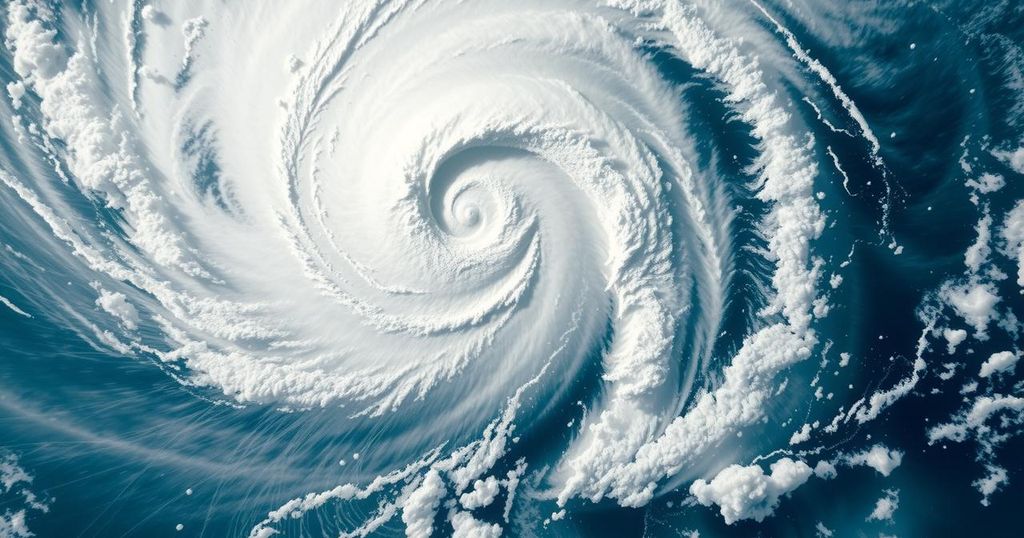Tropical Cyclone Dikeledi Devastates Madagascar and Mozambique, Resulting in Fatalities and Destruction

Tropical Cyclone Dikeledi struck Madagascar and Mozambique in January 2025, causing at least three fatalities and extensive damage, including hundreds of homes and disrupted schools. The cyclone resulted in severe flooding alerts in affected regions like Nampula and Zambezia, with a significant number of evacuations in response to heightened risks.
On January 13, 2025, Tropical Cyclone Dikeledi made contact with the coast of Mozambique following a devastating impact on Madagascar, where it resulted in the deaths of at least three individuals and damage to hundreds of homes. Initially, Dikeledi struck northern Madagascar’s Antsiranana province on January 11, producing winds of up to 155 km/h (96 mph), leading to 11 homes being demolished and 370 sustaining damage, alongside extensive disruption to 69 schools affecting over 5,210 people overall. The cyclone’s repercussions were felt as it traversed the region, causing localized flooding in Mahajanga and Toliara provinces due to persistent rainfall bands.
Passing southeast of Mayotte, still in recovery from a previous cyclone, Dikeledi prompted the evacuation of approximately 14,500 individuals to emergency shelters as authorities addressed the growing storm’s threat. Flight operations at Dzaoudzi–Pamandzi International Airport were halted, with a gradual resumption projected. Schools across affected territories remained closed until at least January 20.
Dikeledi then moved toward Mozambique, brushing past Nacala with winds reaching up to 160 km/h (98 mph), resulting in significant disruptions across the provinces of Nampula and Zambezia. The Mozambique National Institute of Meteorology (INAM) issued Red cyclone warnings, identifying it as the highest alert level for the region, predicting heavy rainfall that could exceed 200 mm (8 inches) in 24 hours, coupled with violent thunderstorms.
The cyclone’s intense weather conditions led to hazardous flooding in multiple districts, including Mussoril, Mogincual, Liupo, and Angoche. The situation remains critical as residents and authorities brace for further developments as forecasts predict ongoing adverse weather conditions.
Tropical cyclones pose a significant threat to coastal regions, often resulting in catastrophic impacts such as fatalities, destruction of infrastructure, and disruptions to essential services. Monitoring and preparedness efforts are crucial to mitigate their effects, particularly in vulnerable areas such as Madagascar and Mozambique, which frequently experience adverse climatic phenomena. This context is particularly relevant for understanding the implications of Cyclone Dikeledi, which has heightened awareness regarding the need for effective emergency response preparations and community resilience strategies in cyclone-prone areas.
In conclusion, Tropical Cyclone Dikeledi has significantly impacted the regions it traversed, particularly Madagascar and Mozambique. The cyclone has been associated with fatalities, extensive damage to infrastructure, and ongoing threats from flooding. As communities continue to recover from the immediate effects, authorities face the challenge of managing the aftermath and preparing for potential future storms. Ensuring robust response measures and improving preparedness is vital for safeguarding affected populations and reducing vulnerability to similar events.
Original Source: watchers.news








